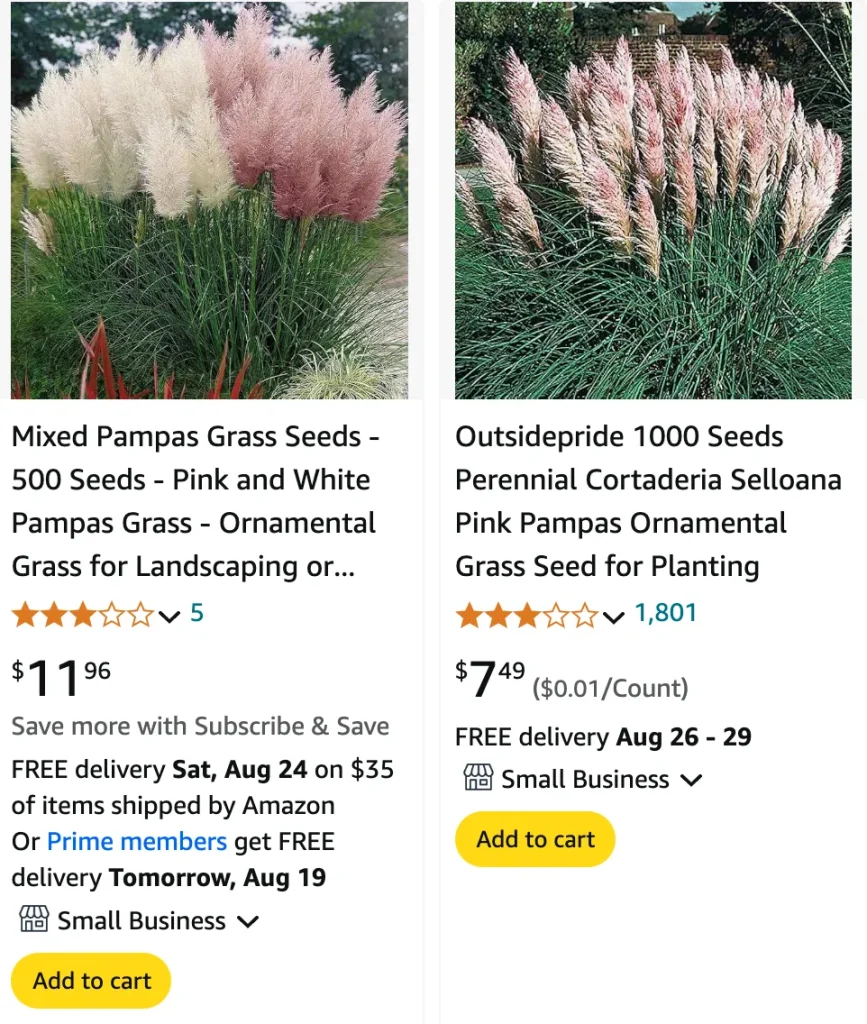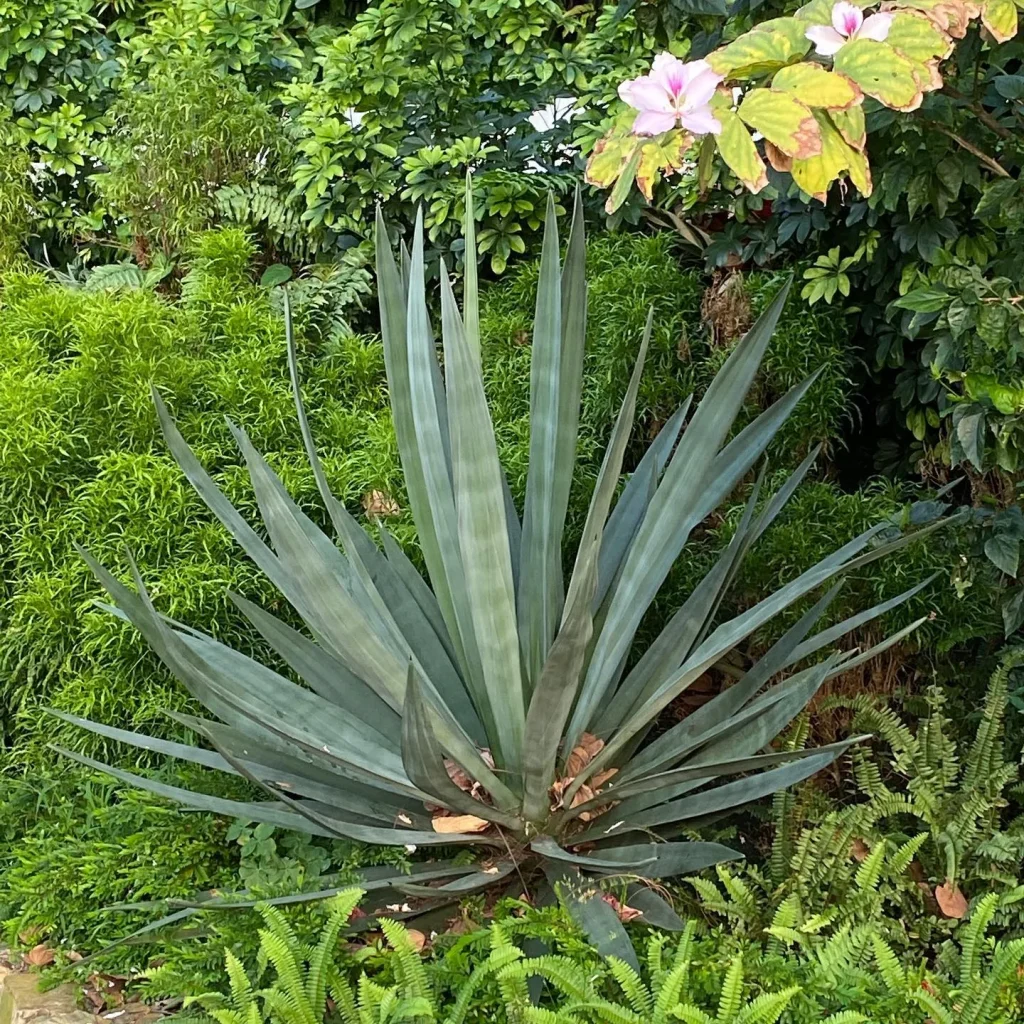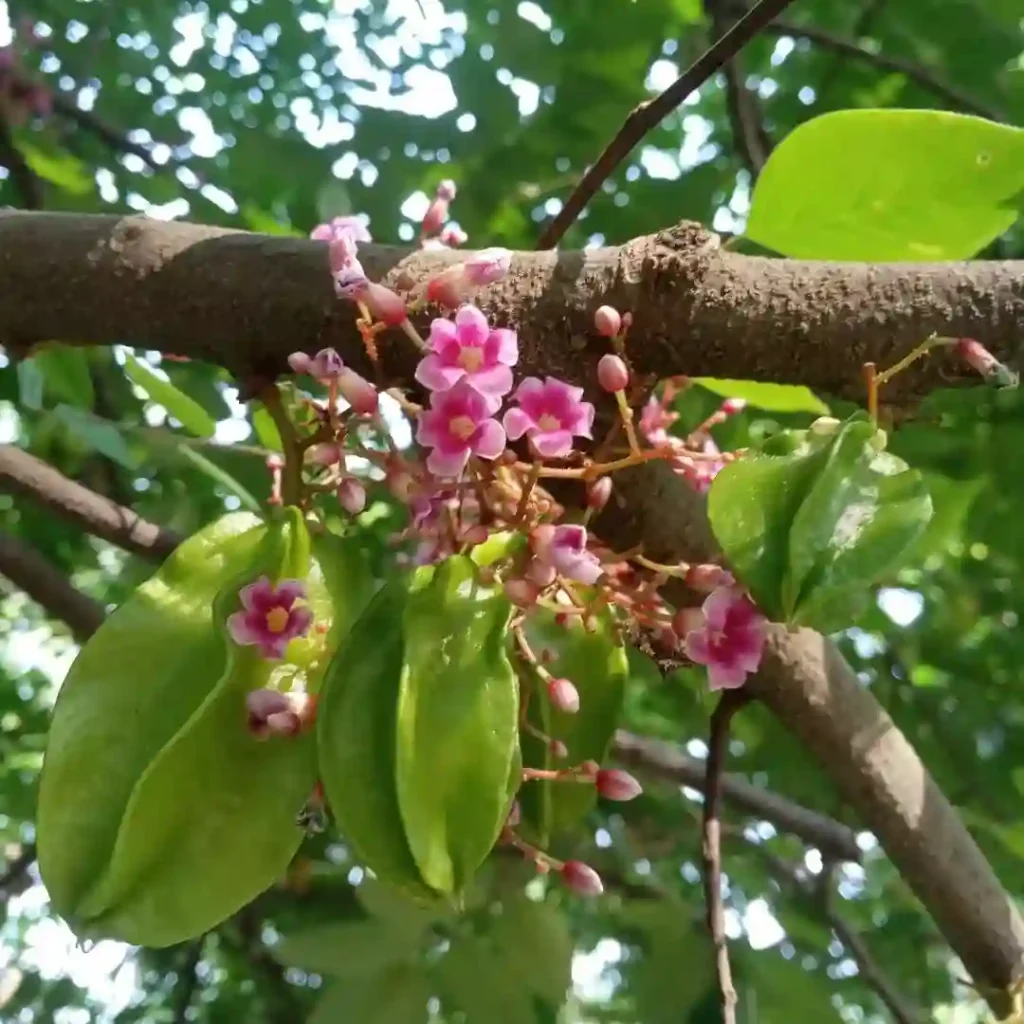
When it comes to landscaping, Pink Pampas Grass is one of those standout plants that easily draws attention. I’ve been fascinated by its feathery, blush-pink plumes that add a touch of elegance and whimsy to any garden. It’s more than just a pretty plant, though—there’s a lot to know about growing and caring for it, especially if you’re considering adding it to your landscape. Here, I’ll cover the FAQs that I’ve encountered over the years about Pink Pampas Grass, sharing my experiences and what I’ve learned.
What Is Pink Pampas Grass? Is Pink Pampas Grass Real?
Pink or Purple Pampas Grass – Cortaderia Jubata, is a stunning ornamental grass known for its large, fluffy plumes that can range from soft pink to more vibrant shades. Originally from South America, it’s become popular in landscaping for its dramatic effect and versatility. The grass forms dense clumps, with arching foliage that can sway gracefully in the wind. When the plumes bloom, they make a bold statement, adding both texture and color to any outdoor space.
How to Grow Pink Pampas Grass?
Growing Pink Pampas Grass is relatively straightforward if you have the right conditions. This grass prefers full sun and well-drained soil, and it’s quite drought-tolerant once established. If you’re planting Pink Pampas Grass seeds, be patient. It can take a few years to reach its full glory, but the wait is well worth it. I’ve found that the key to success is giving the plant enough space to spread out and thrive. Whether you’re planting seeds or young plants, ensure they have room to grow and receive plenty of sunlight.
Pink Pampas Grass Zone?
Pink Pampas Grass is hardy in USDA Zones 7 to 11, meaning it can withstand a wide range of climates, from mild winters to hot summers. I’ve had success with this grass in warmer zones, where it thrives best. If you’re in a colder zone, you might still be able to grow it, but be prepared to protect it during winter or consider growing it in pots for easier management.
Can You Grow Pink Pampas Grass in a Pot?
Yes, you can grow Pink Pampas Grass in a pot, especially if you’re in a cooler climate or have limited garden space. I’ve had great results with potted Pink Pampas Grass, but keep in mind that it will need a large container to accommodate its size. Make sure the pot has good drainage, and be prepared to water it more frequently than if it were planted in the ground, as potted plants tend to dry out faster.
How Fast Does Pink Pampas Grass Grow?
One of the questions I often get is, “How fast does Pink Pampas Grass grow?” In my experience, it’s a moderate grower. Once established, it can reach full size in about two to three years. The key is to be patient and give it the right conditions—full sun, well-drained soil, and enough space. I’ve found that once it gets going, it can add a good amount of height and fullness in a single growing season.
How Tall Does Pink Pampas Grass Grow?
Pink Pampas Grass can grow quite tall, typically reaching heights of 8 to 12 feet, including the plumes. The foliage itself usually grows to about 6 feet tall, with the flower plumes extending even higher. In my garden, the towering plumes create a stunning visual effect, especially when backlit by the sun. If you’re looking for a plant that adds vertical interest, this is a great choice.
Is Pink Pampas Grass a Perennial?
Yes, Pink Pampas Grass is a perennial, which means it will come back year after year. In warmer zones, it remains evergreen, while in cooler climates, it may die back in winter but regrow in spring. I love that it’s a low-maintenance perennial—once it’s established, it doesn’t require much care beyond occasional trimming and watering during dry spells.
Is Pink Pampas Grass Deer Resistant?
One of the things I appreciate about Pink Pampas Grass is its resistance to deer. In my experience, deer tend to leave it alone, which is a huge plus if you live in an area where deer are a problem. The sharp, serrated edges of the leaves likely deter them from nibbling on it.
Is Pink Pampas Grass Invasive?
A common concern is whether Pink Pampas Grass is invasive. In some regions, it can be, particularly in areas where it can easily spread through self-seeding. I always recommend checking with local guidelines before planting, as some places may restrict its use. To prevent it from spreading uncontrollably, I make sure to trim the plumes before they go to seed.
Is Pink Pampas Grass Toxic to Dogs?
I’ve found that Pink Pampas Grass is generally considered non-toxic to dogs, which is reassuring if you have pets. However, it’s always a good idea to prevent pets from chewing on any plants, as ingestion could still cause stomach upset.
In conclusion, Pink Pampas Grass is a versatile, low-maintenance plant that adds beauty and interest to any garden. Whether you’re planting it in the ground or in a pot, it’s sure to make a statement. Just be mindful of its potential to spread, and give it the space and care it needs to thrive.
If i die, water my plants!



